The freezing of the Mississippi River in 1936 was a rare and unusual event that occurred during one of the coldest winters in the region’s history. The extreme cold temperatures caused the river to freeze, allowing people to walk across the Mississippi to Illinois. This event was significant because it was a highly unusual occurrence, as the Mississippi River is usually not cold enough to freeze solid.
The frozen river provided a unique opportunity for people to cross the river on foot, which was usually only possible by boat or ferry. The sight of people walking across the Mississippi River attracted a great deal of attention and tourists who came to see this unusual phenomenon.
In addition to the event’s novelty, the frozen river also had practical implications for the people living and working along the river. The river’s freezing disrupted river traffic and commerce, causing economic hardship for many communities that relied on the river for transportation and trade.
Despite the difficulties, many people also saw the frozen river as a source of hope and inspiration. It was a symbol of resilience and perseverance in the face of difficult circumstances, and it brought communities together in a time of need.


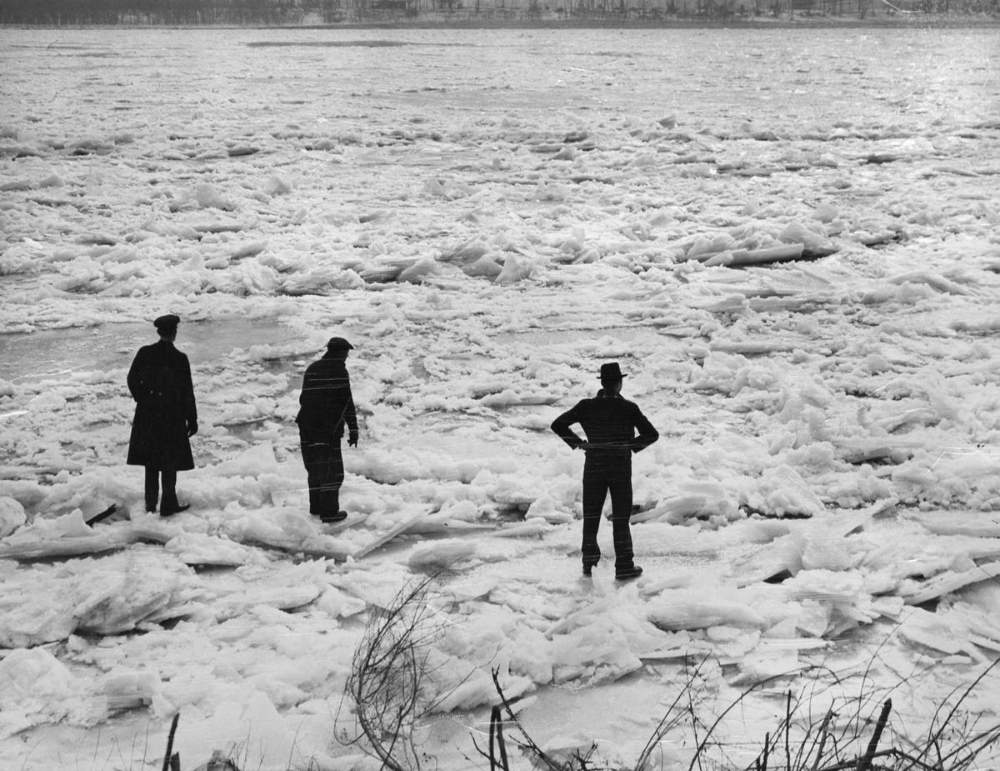
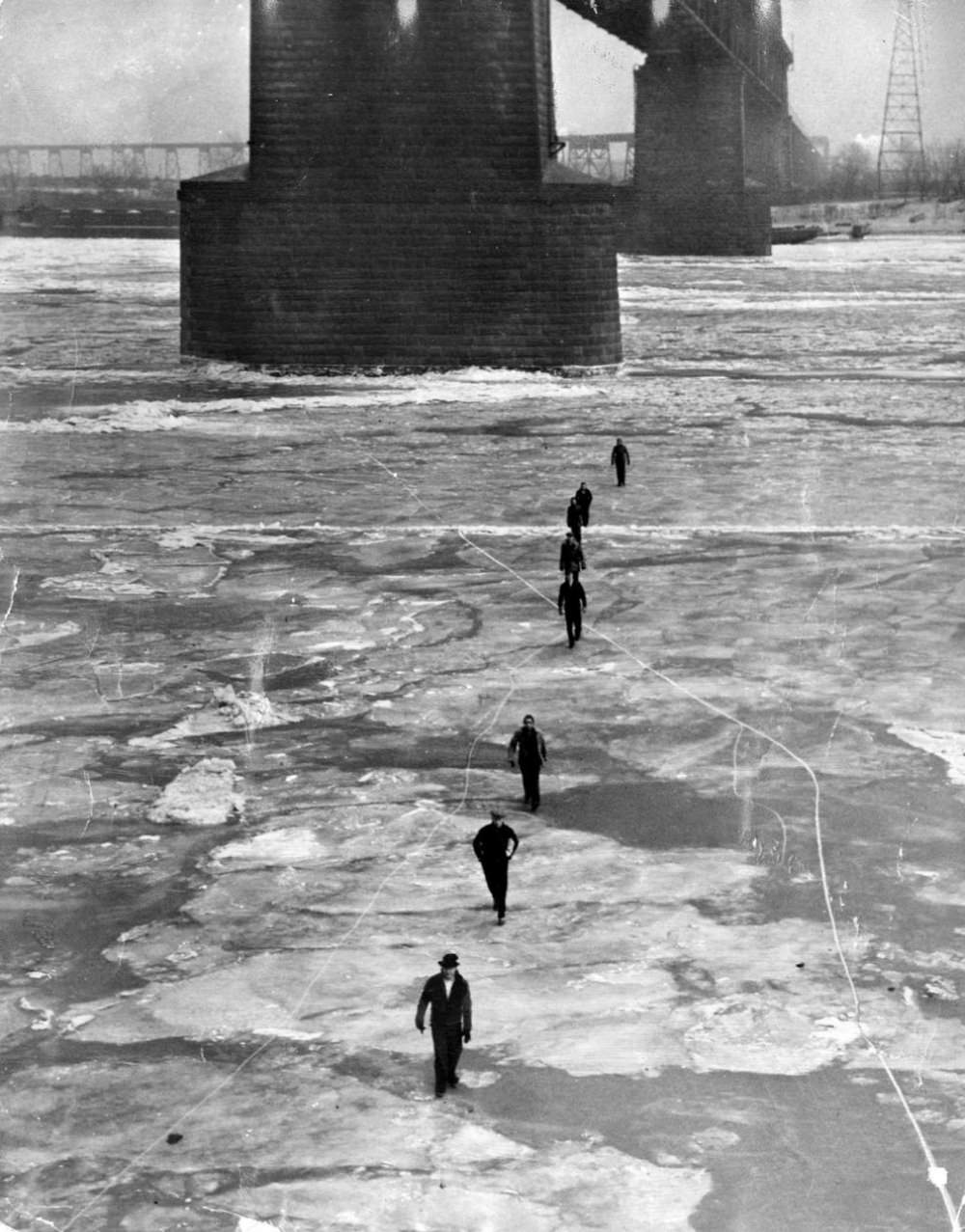
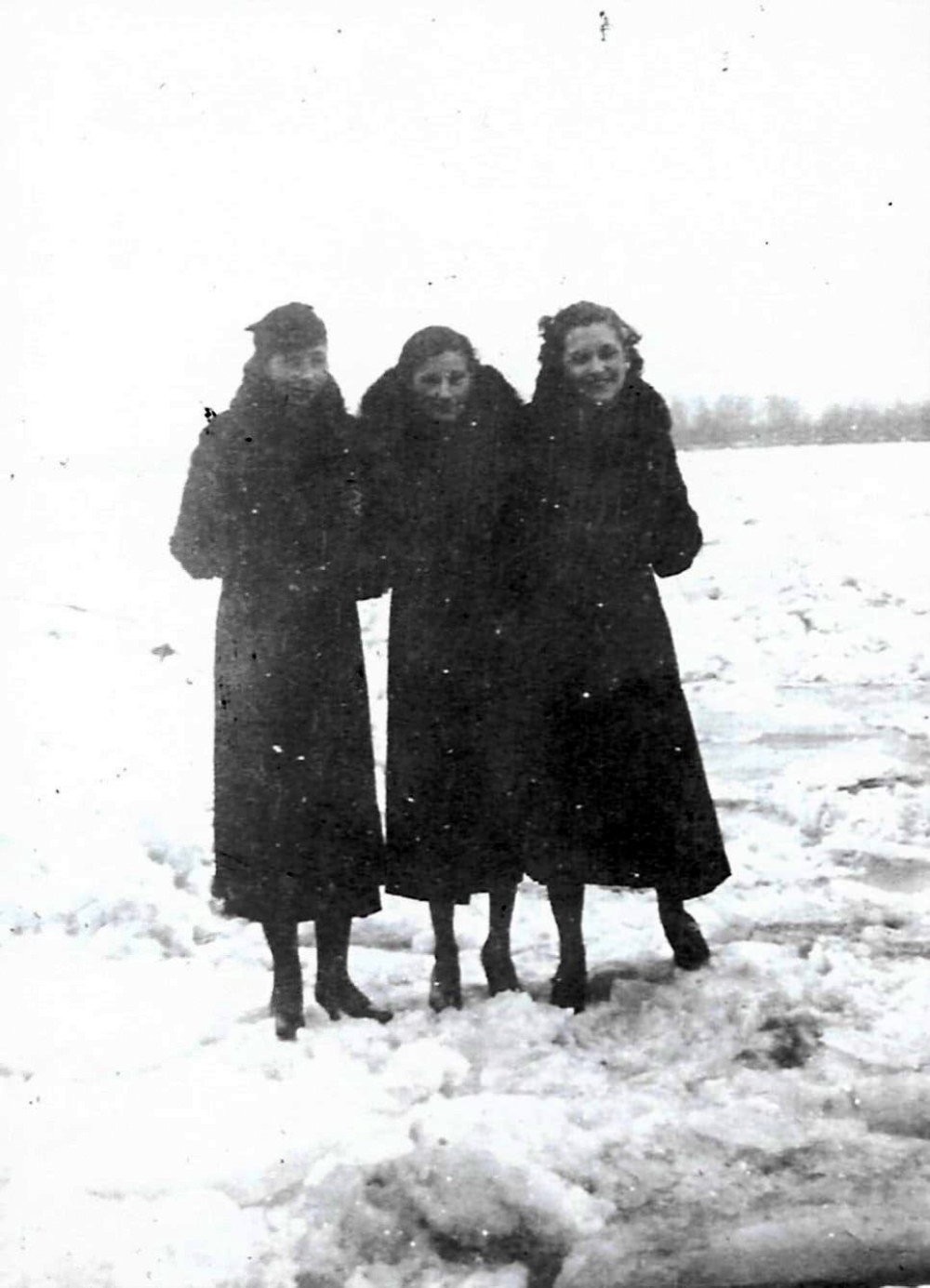
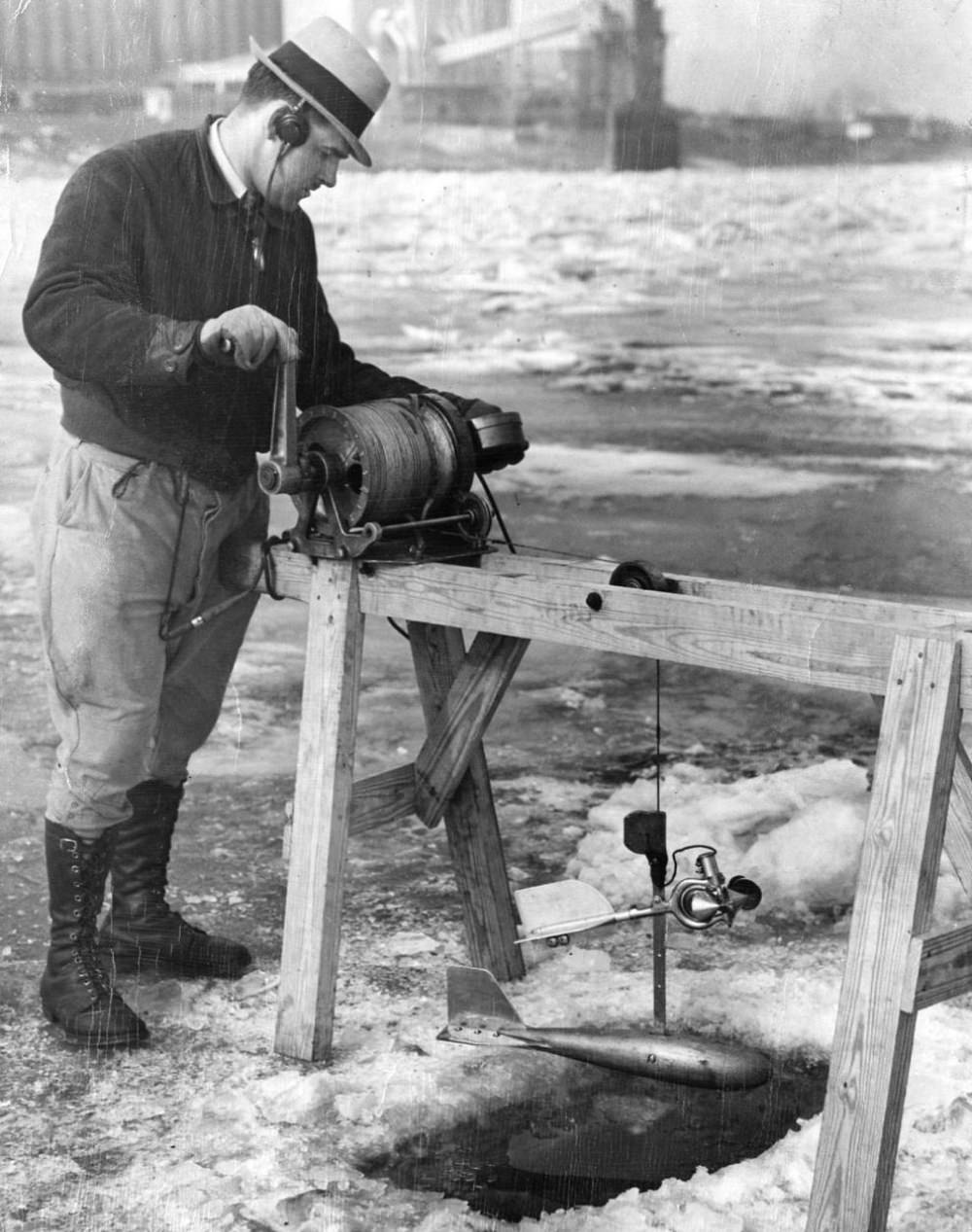
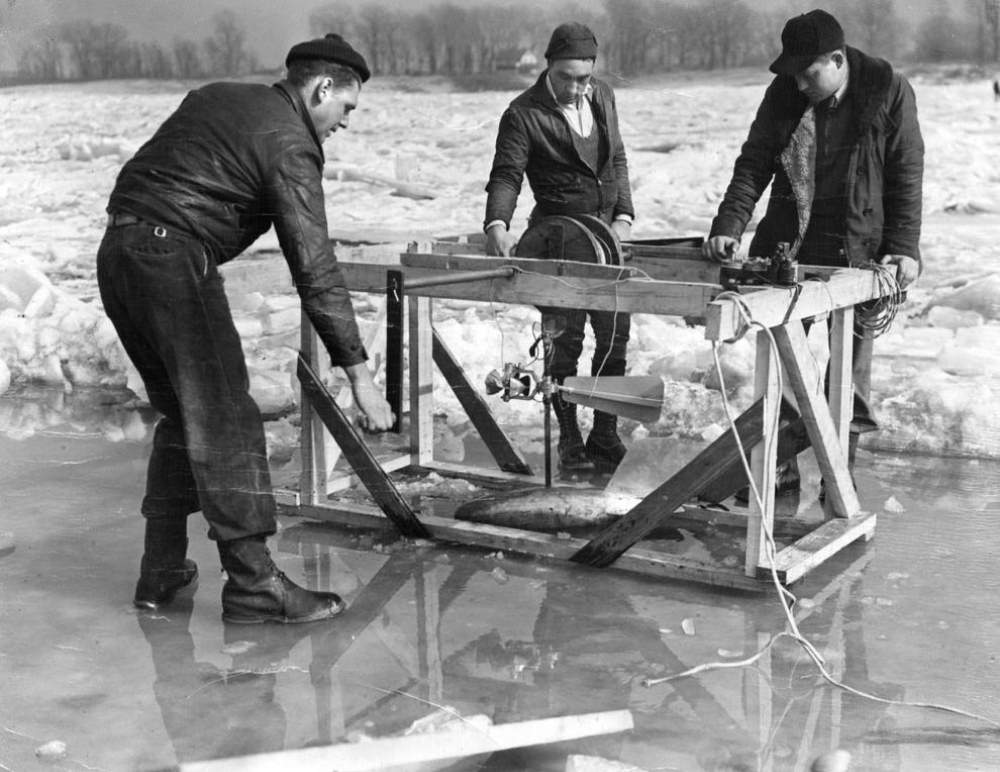
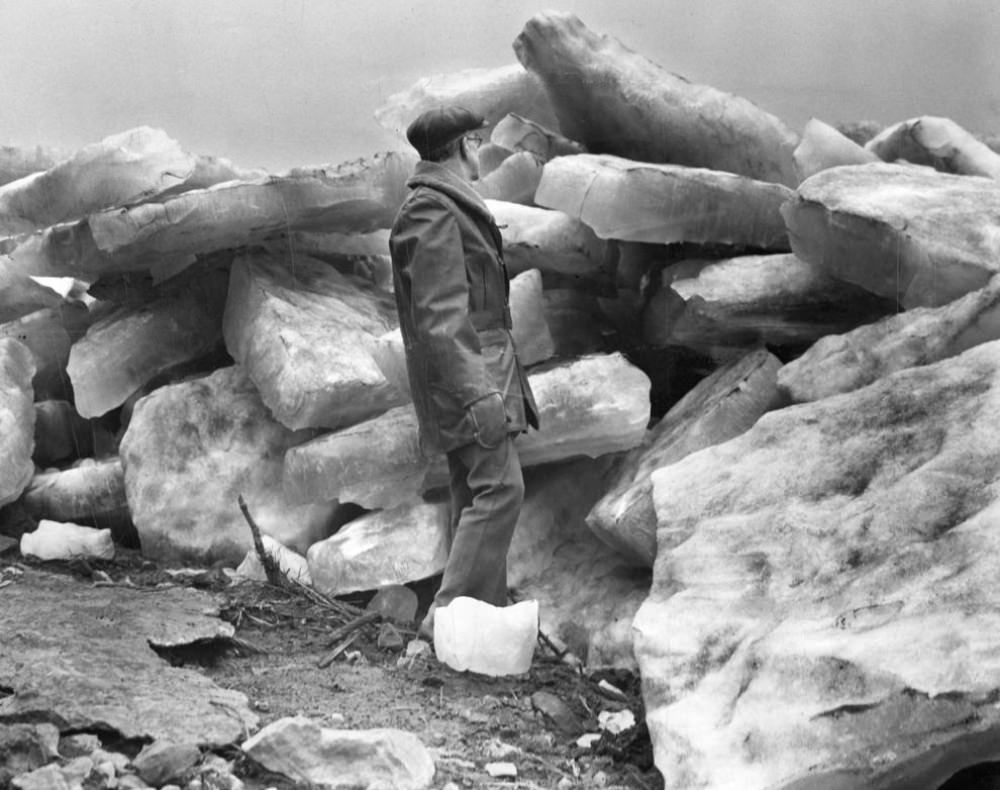
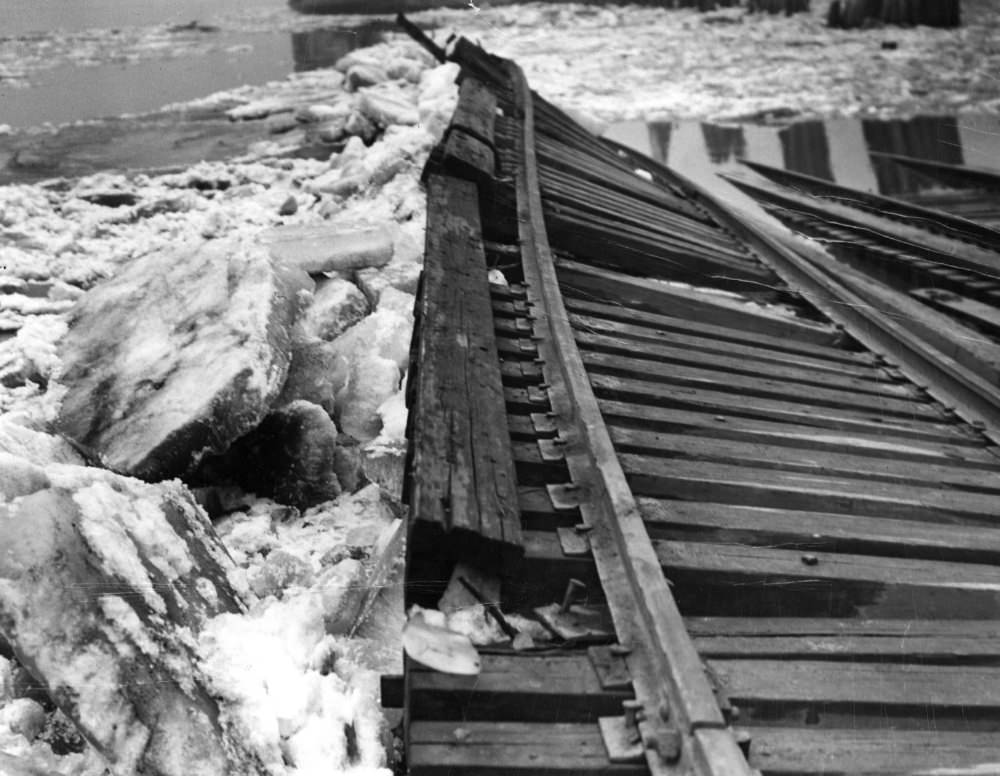

During the early 20th century and the end of the 19th century, the Mississippi River often froze. As a result of the amount of human infrastructure on the River, it does not freeze over as often as it used to. The channels were deepened and straightened, making the river flow faster and less susceptible to freezing. Alton’s lock and dam also keep most of the ice flows north, so the river didn’t typically freeze here, the ice flows just gathered and froze together.
If you are wondering like I was, that picture was taken at St Louis, MO.
The closest I ever saw the river to freezing was in the late 80s (89, I believe), when ice floated in the river at Natchez. I was amazed at what I saw.